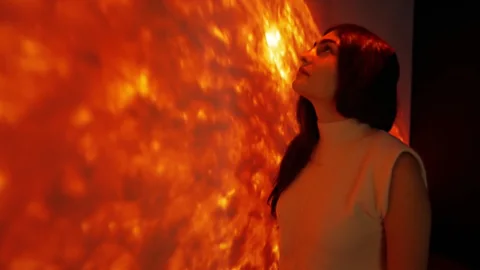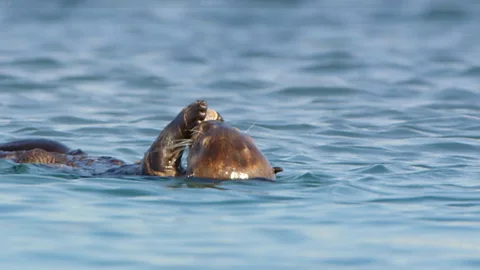How SUVs came to rule the world at the cost of the climate
There are now over 200 million SUVs around the world, six times the number in 2010. This is a problem for the climate, because larger and heavier cars consume more fuel than smaller ones. In fact, SUVs were the only sector that saw carbon emissions rise in 2020.
Find out more in BBC Future Planet's Towards Net Zero series.
Script and narration by Jocelyn Timperley
Animation by Adam Proctor




















